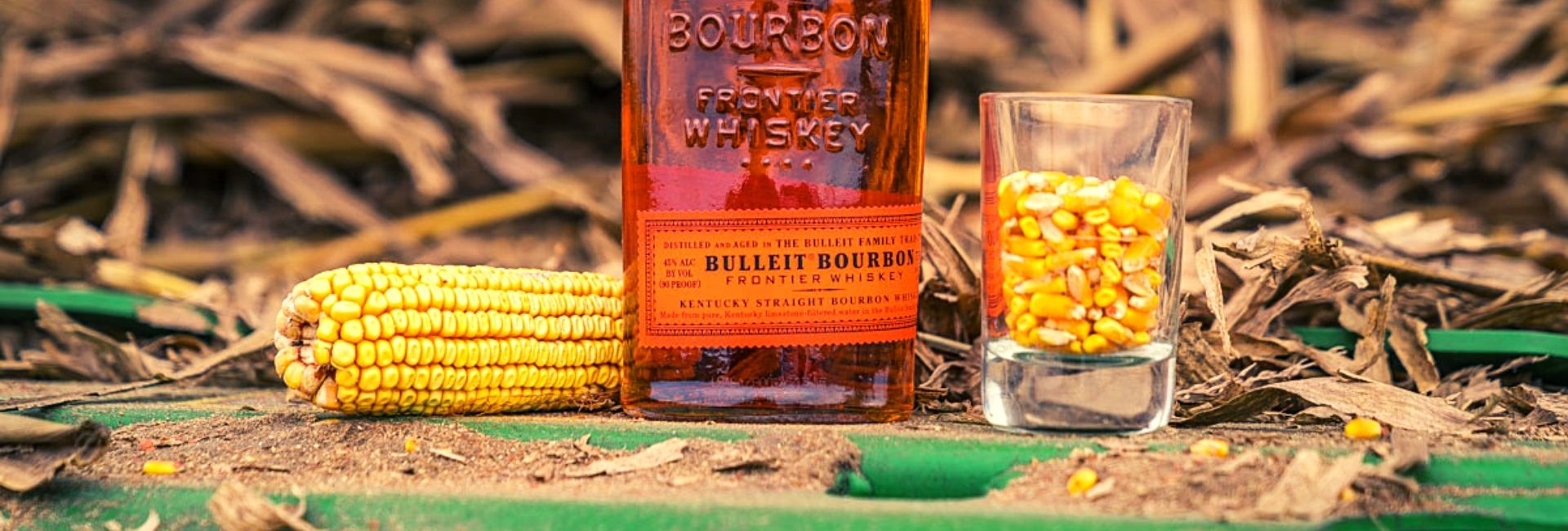Malt vs grain whiskey

If you spend time eating out and ordering drinks, you will likely have heard people talking about single malt and grain whiskeys.
But what is the difference between malt vs. grain whiskey?
Some are convinced that single malt is the best, but is that the case? Here are some of the differences between the two, to help you to decide for yourself.
Jump to a section
Malt whiskey is made traditionally in batches.
Malt whiskey is still made in a traditional batch way, using a copper pot stills. To be classified as single malt whiskey, it needs to be made from just water and malted barley.
This needs to be all done from just one distillery, by a batch process in pot stills.
Due to this process’s nature, it is considered more artisan, as the drink production is not easy to scale.
Compared to single grain whiskey, the production process is very different. Grain whiskey can be made from various grains. Grain can also be made continuously using a column still, making it easier to batch produce.
Grain whiskey is made from 10-20% malted barley
Grain whiskey is made using around 10-20% malted barley and then using other grains or various grains.
The most common ones that are used alongside malted barley are wheat, corn, and rye.
Malt whiskey, though, is made from 100% malted barley only. When malt whiskey is called single malt whiskey, it means it was made at one distillery only.
Due to the range of ingredients in grain whiskey, single malt is considered a higher quality than one made with a blend.
Malt whiskey is placed in new oak barrels to mature.
Unaged malt whiskey is placed in new oak barrels to mature. The whiskey needs to age for three years in these casks until it’s classed as a malt whiskey.
Some single malt whiskeys can be aged for much longer.
Grain whiskey is also matured in oak barrels and is usually aged for a minimum of three years, up to five years.
Malt Whiskey Traditionally Comes From Scotland
Traditionally malt whiskey comes from across the pond in Scotland. These days, there are many distilleries over in the USA, from Denver to Texas.
When looking for a malt whiskey, it is all about the grain content, making sure that it is just malted barley; otherwise, it will be a grain whiskey.
Grain whiskey is made in a variety of locations. It is all about the content with grain whiskey, to check what you are drinking.
Grain whiskey needs to be a specific ABV to be classed as grain whiskey.
American gran whiskey that you will find labeled as ‘straight whiskey’ needs to use a distillation level that doesn’t go over 80% ABV.
In the US, grain whiskey produced at a level that is more than 80% ABV is classed as ‘light whiskey.’
The primary rule here is once it’s over 80% ABV, it can’t be labeled grain whiskey.
In comparison, most malt whiskeys are diluted to around 60% ABV before being put in casks to mature. To be specific, by US law, the specified amount for malt whiskey is 62.5%. When diluted with water, it reduces to 40-50% ABV.


